Do you know that every year, I make two bodies of work? I’ve done so since 2015 when I transitioned my practice from designer to artist. Each comprises between four and ten works. I never know for certain how many until the series simply feels complete.
Earlier this year I completed a group of four editioned works, called Toile. They’re editions of 25 each, so once the 25th of each has been acquired, there’ll be no more. Toile has been on my website since March, and since I’m posting this on the last day of May, I am feeling an urgency to get absorbed in the second series of the year. I never find it easy getting started so I had better get going…
For this new series, I’m writing and sketching a lot. Normally I work well when I do neither, but recently I’ve been trying to understand better what motivates me and what I do. I am inspired by living with my work for a period after it’s finished. I've always done that and I'm doing it now. Once I understand what I want to explore, I develop my ideas with technical studies in scale and proportion. These I then translate into paper patterns, followed by test samples which can end up being quite large. It’s when I find my single line of inquiry that I get excited. I commit to it and take it to a full-size work. However, I never know if it’s totally successful until hung because the act of hanging a work incorporates the force of gravity. Gravity is my final material and has a major influence on the volume and form of the work.
Poppy - Papaver species. Harold Feinstein - ‘One Hundred Flowers’
I have a tentative name for my next series: “Poppies”. It won’t last for long but for now, it inspires a sensibility I’m excited to explore. I’m searching for a feeling of delicacy from the heavy tight-weave canvas I use. I want it to feel “as wispy as a cloud”. I know how to begin. I know in my first attempts, I’ll fail. But in a few weeks’ time, I’ll have found my vision—I’ll know how to achieve it and have several works underway.
I’ve tentatively scheduled to have this series completed by October, I can then have it photographed and begin sharing with you in early November. No promises, though I think it’s a reasonable objective.
If you aren’t already receiving updates on my work and you would like to see how this is progressing, sign up here for email updates.
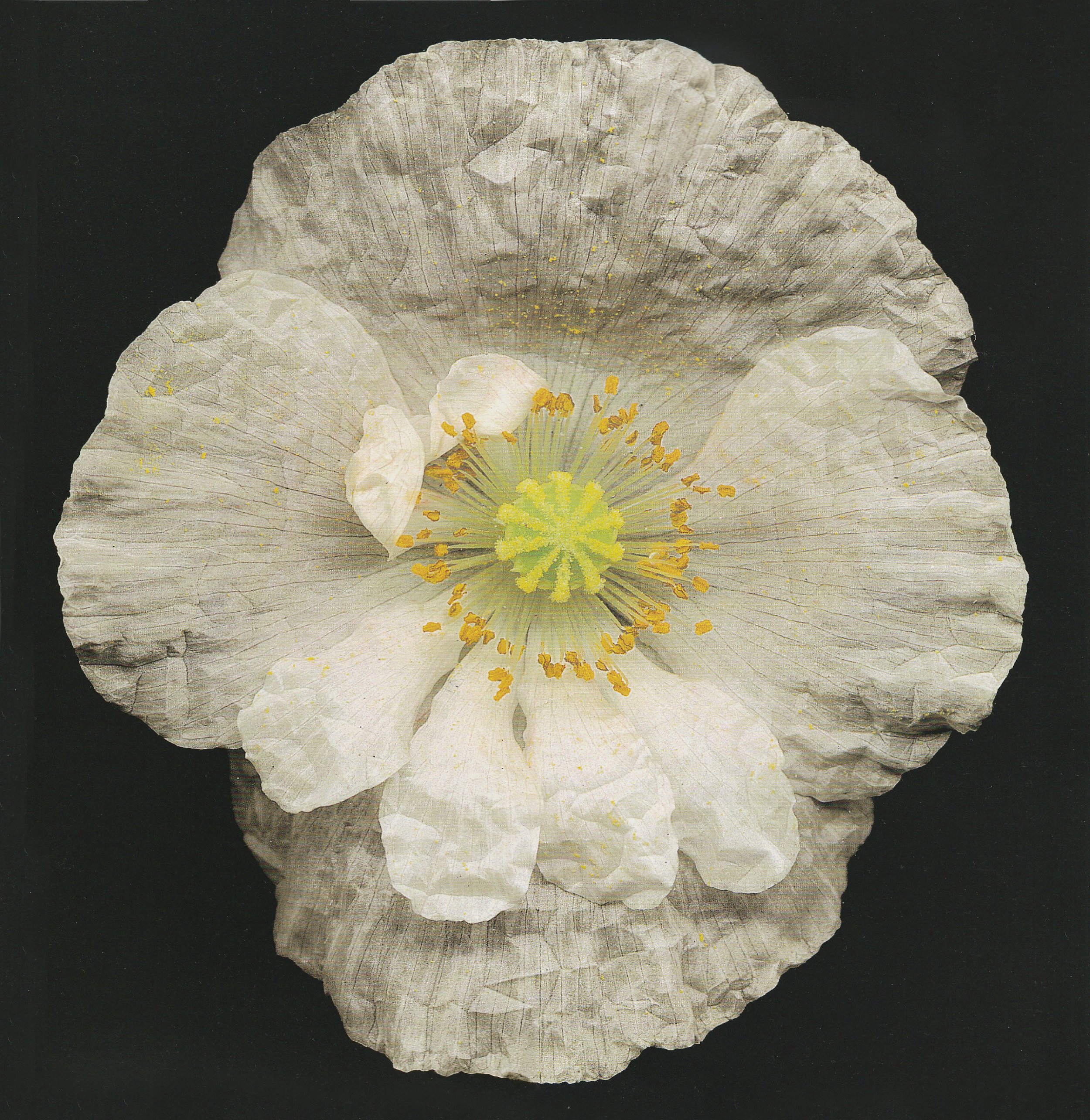
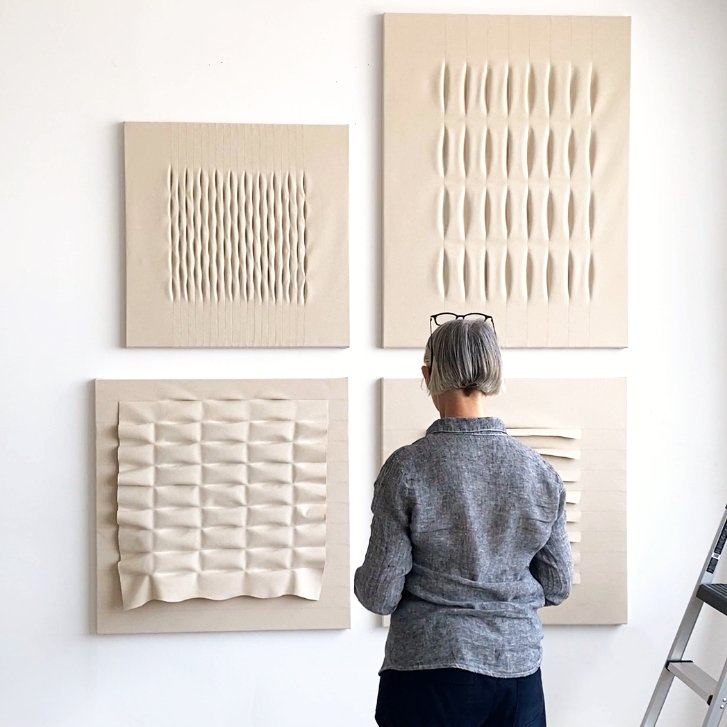




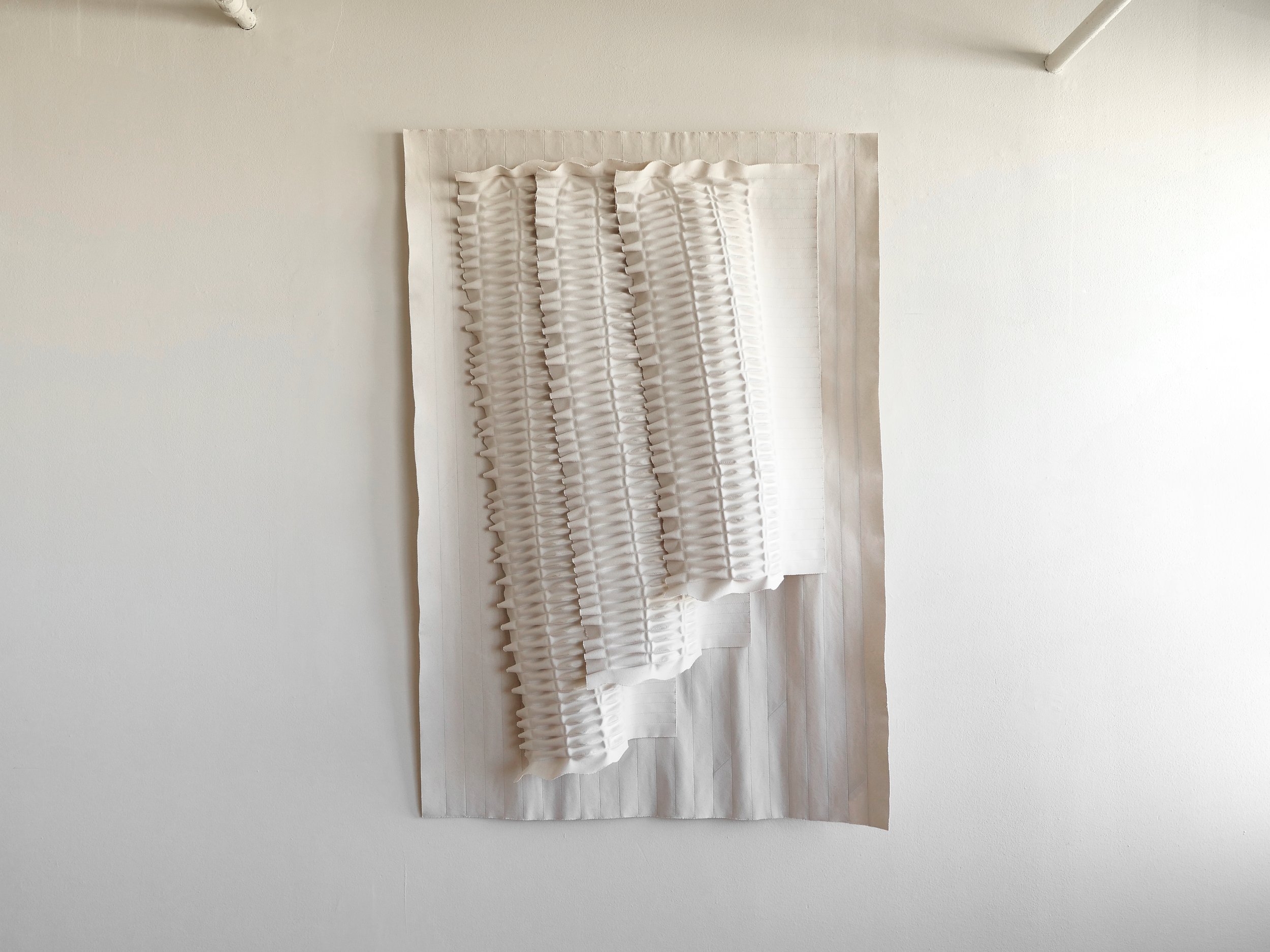
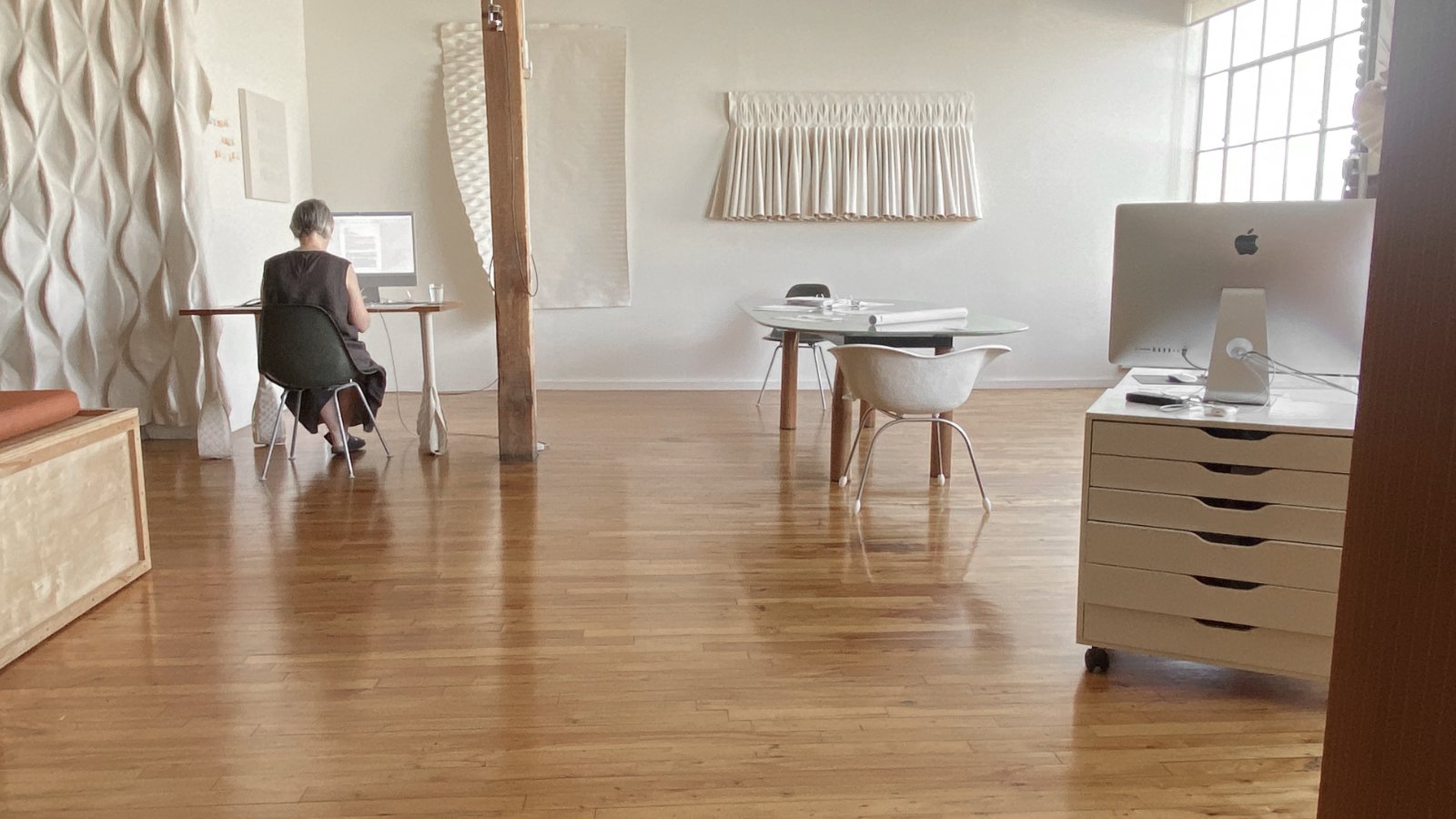












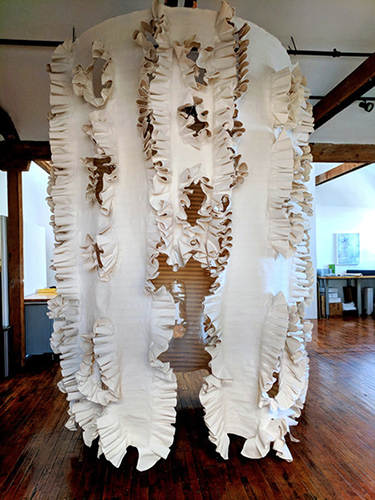

![Marian, 64" x 60" [Aran Series]](https://images.squarespace-cdn.com/content/v1/599e02e3f7e0ab22dd637806/1538602952745-9H8J0OFLYLQE1HGNSFWX/marylittle_%2Btapestry_aran_marian_0584rfsqb.jpg)
![Betty, 64" x 68" [Aran Series]](https://images.squarespace-cdn.com/content/v1/599e02e3f7e0ab22dd637806/1538606945315-Y6BBM1Z3E1FJ5MMR0UN0/image%2B2-1.jpg)
![O’Halloran, 60” x 24” [Ennis Series]](https://images.squarespace-cdn.com/content/v1/599e02e3f7e0ab22dd637806/1538602171521-40M7EHCY1227VADN1QPL/image.jpg)
![Marley 62” x 42” [Drumlin Series]](https://images.squarespace-cdn.com/content/v1/599e02e3f7e0ab22dd637806/1538602390023-RRA7ZDMGFRF8FVO26AVG/image%2B2+copy.jpg)
![Johnston, 27" x 110" [Drumlins Series]](https://images.squarespace-cdn.com/content/v1/599e02e3f7e0ab22dd637806/1538599430552-81W8FSXD9OD2EZ1AF5U4/image+2.jpg)

![Munn, 60” x 60” [Ennis Series]](https://images.squarespace-cdn.com/content/v1/599e02e3f7e0ab22dd637806/1538598608614-2SCPZQI9JACNG7WAKD1Y/image.jpg)
![Flanagan, 60" x 60" [Ennis Series]](https://images.squarespace-cdn.com/content/v1/599e02e3f7e0ab22dd637806/1538598640702-2IOIN7Y0JNEBRIVG855G/image+2.jpg)
![Sian Morgan, 60” x 60” [Ennis Series]](https://images.squarespace-cdn.com/content/v1/599e02e3f7e0ab22dd637806/1538598689821-7TWIVJOY2NQS78W41X52/image+3.jpg)
![Anne Jane, 60" x 60" [Aran Series]](https://images.squarespace-cdn.com/content/v1/599e02e3f7e0ab22dd637806/1538598055507-2YTUSPX2D9QRI5CKY4Z5/image.jpg)
![Henderson, 42" x 42", [Valley Edition, Edition of 25]](https://images.squarespace-cdn.com/content/v1/599e02e3f7e0ab22dd637806/1538598117093-29XTFWGD08VZIY0ELC8R/image+2.jpg)
![O'Conner, 44” x 44” [Ennis Series]](https://images.squarespace-cdn.com/content/v1/599e02e3f7e0ab22dd637806/1538599280534-O4DL9A7IJ0L8HGAAT3DN/image+3.jpg)
![Bush, 54” x 34” [Ennis Series]](https://images.squarespace-cdn.com/content/v1/599e02e3f7e0ab22dd637806/1538599126045-5Y832GPZCGDRA1VSAHYE/image.jpg)
![Dunleath, 24” x 24” [Ennis Edition, Edition of 25]](https://images.squarespace-cdn.com/content/v1/599e02e3f7e0ab22dd637806/1538599251669-3JVPSWSDV0MLCK5GWL61/image+2.jpg)